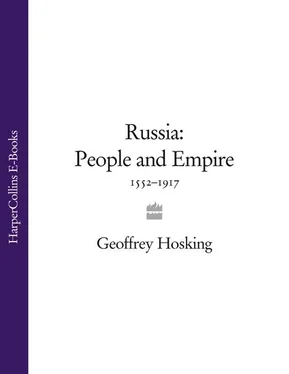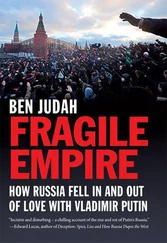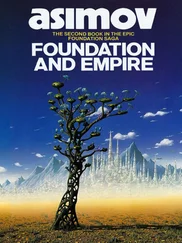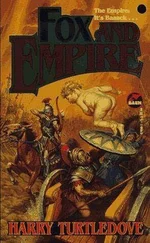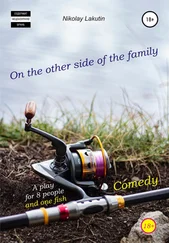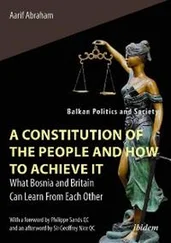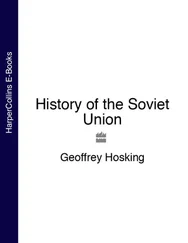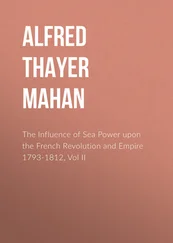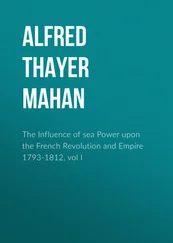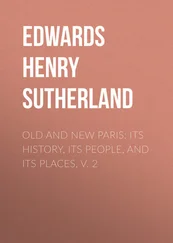For the present, I have ended my study in 1917. After that year the problem of the relationship between Russians and their empire certainly remained crucial, but its terms changed radically, as is symbolized by the bare fact that the empire was no longer named after them. If life and energy persist, perhaps I shall one day try to trace that story too. For the moment, I have confined myself to a few preliminary thoughts on the way my story has affected the Soviet and post-Soviet experience.
GEOFFREY HOSKING,
School of Slavonic & East European Studies, University of London.
April 1996
PART ONE The Russian Empire: How and Why?
The Russian Empire: How and Why?
A. The Theory of Empire
‘With the aid of our Almighty Lord Jesus Christ and the prayers of the Mother of God … our pious Tsar and Grand Prince Ivan Vasilievich, crowned by God, Autocrat of all Rus’, fought against the infidels, defeated them finally and captured the Tsar of Kazan’ Edigei-Mahmet. And the pious Tsar and Grand Prince ordered his regiment to sing an anthem under his banner, to give thanks to God for the victory; and at the same time ordered a life-giving cross to be placed and a church to be built, with the uncreated image of our Lord Jesus Christ, where the Tsar’s colours had stood during the battle.’ 1
Thus the official chronicle recorded the moment in October 1552 when Muscovy set out on its career of empire by conquering and annexing for the first time a non-Russian sovereign state, the Khanate of Kazan’. Muscovite Rus’ was already a multi-national state, since it included within its borders some Tatars, as well as Finno-Ugrian tribes, but the conquest of Kazan’ signified a new approach to relations with its’ neighbours. Rus’ had embarked on a course of conquest and expansion which was to last for more than three centuries and create the largest and most diverse territorial empire the world has ever seen. 2
The chronicle emphasizes the religious motives for the Kazan’ campaign. But there were many others. One of them was quite simply the longing for security, a terrible problem for an agricultural realm whose eastern and southern frontiers lay open and exposed to the steppes which stretched thousands of miles without major barrier all the way into Central Asia. The Golden Horde, which had dominated those steppes since the thirteenth century, had broken up into a patchwork of successor khanates which fought among themselves for the territories north of the Black and Caspian Seas: the Nogai Horde, the Khanates of Crimea, Astrakhan’, Kazan’ and [West] Siberia.
The openness and extent of this terrain generated a shifting pattern of temporary alliances and enmities, a constant and restless jostling for power, for the domination over or elimination of one’s neighbour. Security was sought but never attained, since, however far hegemony might be extended, there was always a farther border beyond, and with it a further neighbour and a further potential enemy. On this hazardous terrain Muscovy learned its diplomatic and military skills. Like a cumbersome and nervous amoeba, it expanded to fill the space it was able to dominate, and was impelled into a perpetual dynamic of conquest, reversing the thrust of the Mongols of three centuries earlier.
It is not enough, however, to say that Moscow was one of the contestants in the struggle for the steppes, for in many ways it was the odd man out amongst them. It was an agricultural realm, and its population was sedentary, whereas the other protagonists were all nomadic principalities, at least in their origins and in many of their abiding characteristics. The rulers of Muscovy regarded their dominions as a patrimony, to be ruled over in undivided sovereignty, whereas its adversaries lived by nomadic rules: homage to an ultimate ruling dynasty (the Chingisids) underpinned a pattern of shifting clan allegiances, which changed according to circumstance and need. Tatar nobles might swear homage to the Grand Prince of Muscovy, but they regarded their obligation as a treaty relationship which could be revoked without dishonour to either side. The Muscovite ruler, by contrast, deemed that they had permanently entered his service and acknowledged his sovereignty, so that a subsequent break was nothing less than an act of treason. The chronicle records that Ivan IV, having occupied Kazan’, ‘had all the armed people put to death as traitors’. 3
In some ways, then, what Moscow had undertaken in invading the Khanate of Kazan’ was an act of retribution for oathbreaking, of vengeance for violated sovereignty. But also underlying it was a combined sense of religious and national mission which had assumed greater prominence as Muscovy became the strongest among the principalities of Rus’ after the Battle of Kulikovo in 1380, in which the Grand Prince of Moscow, Dmitrii Donskoi, defeated the Mongols. In the earliest chronicles, Rus’ was identified with the ‘Russian land’, with the Orthodox Church, and with the patrimony of the princes of the Riurik dynasty. During the fourteenth century these concepts had begun to coalesce around Moscow. In 1328 what had been the Metropolitanate of Kiev, the principal Orthodox jurisdiction in Rus’, moved its seat there.
Under Ivan III in the late fifteenth century the first steps had been taken towards harnessing to Moscow’s growing dominance a new and more grandiose concept of statehood than that associated with a dynastic patrimony. Not long before Moscow finally repudiated the sovereignty of Mongols in 1480, Ivan married Sofia Paleologue, niece of the last Byzantine Emperor. He established a sumptuous court, attended with magnificent ceremonial, on the Byzantine pattern. Ivan put about the story that Constantine Monomakh (Byzantine Emperor 1042–1055) had conferred the insignia and imperial crown on Vladimir Monomakh of Kiev, so that Kiev was retrospectively promoted to imperial status, and through Kiev Moscow claimed itself the heir to an imperial succession which went right back to Augustus. This post-factum creation of a glorious genealogy reached its culmination in the coronation of the young Ivan IV as Tsar (Caesar) in 1547. The ‘invention of tradition’ implied that Muscovy had a natural right to reclaim all the territories which had at any time been ruled over by any of the princes of Rus’.
The fall of Byzantium to the Ottomans in 1453 lent these imperial pretensions a religious colouring – again in retrospect. Not long before, in 1439, at the Council of Florence, the Greek Orthodox Church had consented to reunion with Rome, a move which had been rejected as heretical in Muscovy. The infidel conquest of Byzantium could thereafter be construed as God’s punishment for its church’s apostasy. This interpretation was not put forward immediately in Muscovy, but, once it was, it implied an awesome role for the church of Rus’, as the one Orthodox Church free from the thrall of Islam, a distinction which could plausibly be seen as a reward for faithfulness, and as a pledge of God’s special favour.
These secular and religious heritages amalgamated to generate the legend of ‘Moscow the Third Rome’, expounded with the greatest fervour in the epistles of the monk Filofei of Pskov. He wrote to Ivan II? in 1500 or 1501: ‘This present church of the third, new Rome, of Thy sovereign Empire: the Holy Catholic [sobornaia] Apostolic Church … shines in the whole universe more resplendent than the sun. And let it be known to thy Lordship, o pious Tsar, that all the empires of the Orthodox Christian faith have converged into Thine one Empire. Thou art the sole Emperor of all the Christians in the whole universe … For two Romes have fallen, the Third stands, and there shall be no fourth.’ 4
Читать дальше
